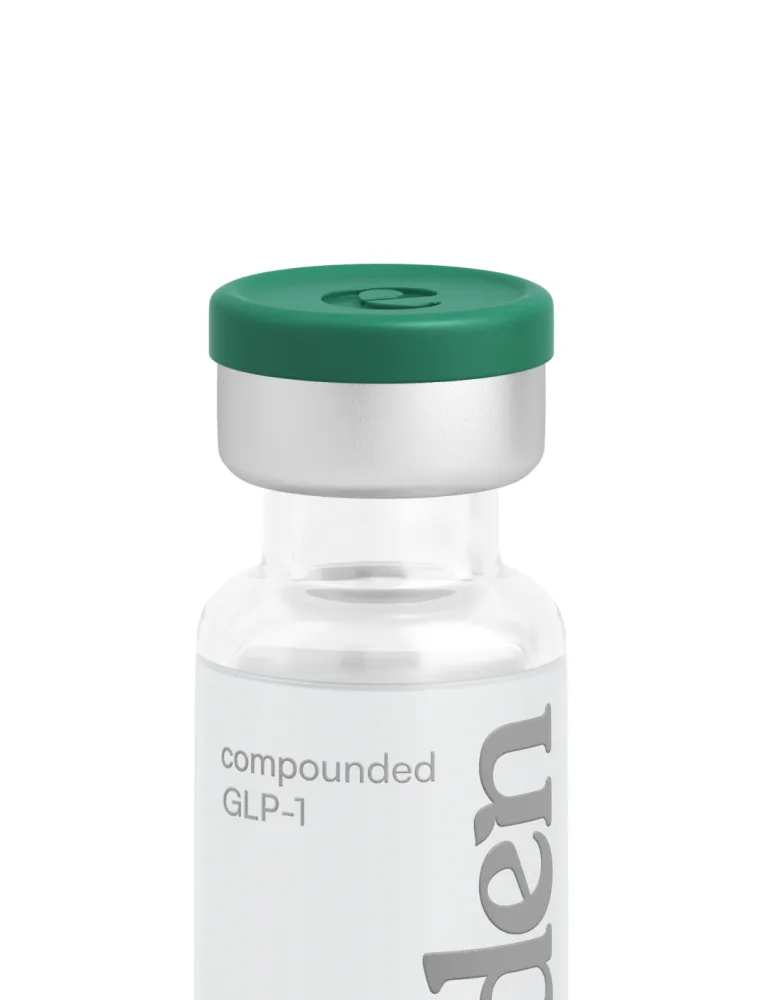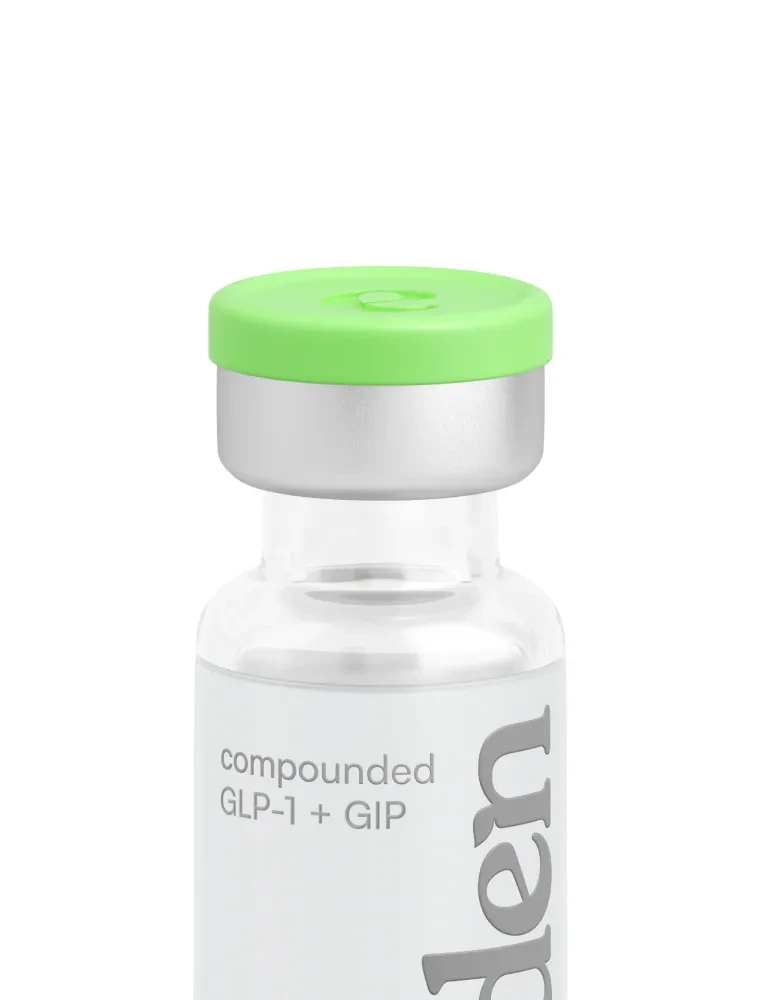Personalized weight loss plans, without frustrations
- Access to FDA-approved medications such as Ozempic®, Wegovy®, Zepbound® and other GLP-1 medications.
- Lose up to 20% of your weight and love your new body.*
- No insurance required. FSA/HSA eligible. 100% online. Free shipping.
.webp)
.webp)
.webp)
As seen on







Ready to meet your target weight and keep it off?
Check you BMI
Enter your height and weight below
0
Thank you! Your submission has been received!
Oops! Something went wrong while submitting the form.
Underweight
< 18.5
Your BMI is below the healthy range. A licensed provider can help explore the underlying causes and guide you toward a safe, sustainable plan for reaching a healthier weight.
Healthy Weight
18.5+
Your BMI falls within the healthy range. If you’re looking to maintain your results, optimize energy, or feel more in control of your health, a consultation can help you build a long-term plan.
Overweight
25+
Your BMI is slightly above the recommended range. This could be a great time to connect with a provider and explore small, sustainable steps that support your long-term health goals.
Obesity
30+
Your BMI is in a range where extra support may be helpful. A licensed provider can walk you through your options and build a personalized plan to help you feel better, move more easily, and regain confidence.
*BMI doesn’t directly measure body fat and may not accurately reflect health for people with high muscle mass, pregnant women, children, older adults, certain ethnic groups, or those with medical conditions. It shouldn’t be used as the only way to assess health.
The BMI calculator does not determine eligibility for weight loss treatments. A healthcare provider must evaluate your overall health and history to decide if treatment is right for you.
The BMI calculator does not determine eligibility for weight loss treatments. A healthcare provider must evaluate your overall health and history to decide if treatment is right for you.

GLP-1 Treatments
Personalized doctor-led plans
First month as low as $119*
GLP-1 Treatments
Personalized doctor-led plans
First month as low as $119*

My Custom Weight Loss Kit
For weight loss and appetite support
First month as low as $34*
My Custom Weight Loss Kit
For weight loss and appetite support
First month as low as $34*

Our members gained nothing but power
29
lbs
Average Eden member
weight loss in the first six months
Based on self reported data from 111 Eden members while on GLP-1 injections, while combined with diet and exercise
98
%
Eden members that
reported weight loss
during treatment
Based on self reported data from 4,633 members enrolled in Eden’s personalized weight loss programs.
91
%
Eden members that
recommend treatments to friends and family
Based on self reported data from 4,633 members enrolled in Eden’s personalized weight loss programs.

GLP-1 treatments have been clinically shown to*
Reset your metabolism and burn more calories
Help lower your blood pressure
Help lower your cholesterol
Stop food noise and reduce cravings
Help improve your blood sugar
*Along with a reduced calorie diet and increased exercise. Based on two separate Wegovy® clinical studies. In a 68-week study, about 1 in 3 adults with obesity or overweight and weight-related conditions achieved 20% weight loss. Average weight loss achieved was 15%. In a 104-week study, mean weight loss achieved at 2 years was 15.2% vs. 2.6% for placebo. Individual results may vary. Stopping treatment may result in weight regain.
**Wegovy® is indicated to treat weight loss, but also has been shown to improve blood pressure, cholesterol, or blood glucose levels.
**Wegovy® is indicated to treat weight loss, but also has been shown to improve blood pressure, cholesterol, or blood glucose levels.
3 simple steps to a better you, powered by Eden
Submit your application and meet with a doctor
Step 3
Complete a form and meet with a licensed medical provider 100% online to determine if a personalized treatment plan is right for you.

Get your medication delivered at home
Step 3
If eligible, your custom prescription will be shipped directly to your door, fast and free.

Lose weight with 24/7 support and ongoing care
Step 3
We’ll be with you every step of the way, with regular check-ins and on-demand medical support.

Your medication, expertly made in U.S. pharmacies
Our state licensed pharmacies perform additional third party testing through FDA and DEA registered labs to run quality control checks for every compounded lot prescribed for Eden patients to help ensure we deliver the safest, highest quality medications possible.






Every Eden weight loss plan includes
- Free, same-day consultation, 100% online, no in-person visits required
- Access to GLP-1 medications, if prescribed
- Transparent, upfront pricing with no memberships or hidden fees
- Plus exclusive access to:
- Community chat
- Cooking classes
- Nutritional coaching
- On-demand workouts

Eden’s weight loss guarantee
- Whole-body health, beyond prescriptions
- Your journey, our guidance, zero frustration
- You’re in control, only pay for what you need
Frequently asked questions
What is Eden's "Same Price at Every Dose" guarantee?
How long does it take to start seeing results?
Can I still qualify for treatment if I have existing health conditions?
What weight loss treatment options are available to me?
What’s included with my plan?
Can my provider adjust my medication or dosage if I’m not seeing results?
Is a long-term commitment necessary?
What if I get side effects?
Who are the providers at Eden?
What pharmacies do you work with?
Are in-person visits required?
Do your plans include prescriptions and medications?
Do you take insurance?

































